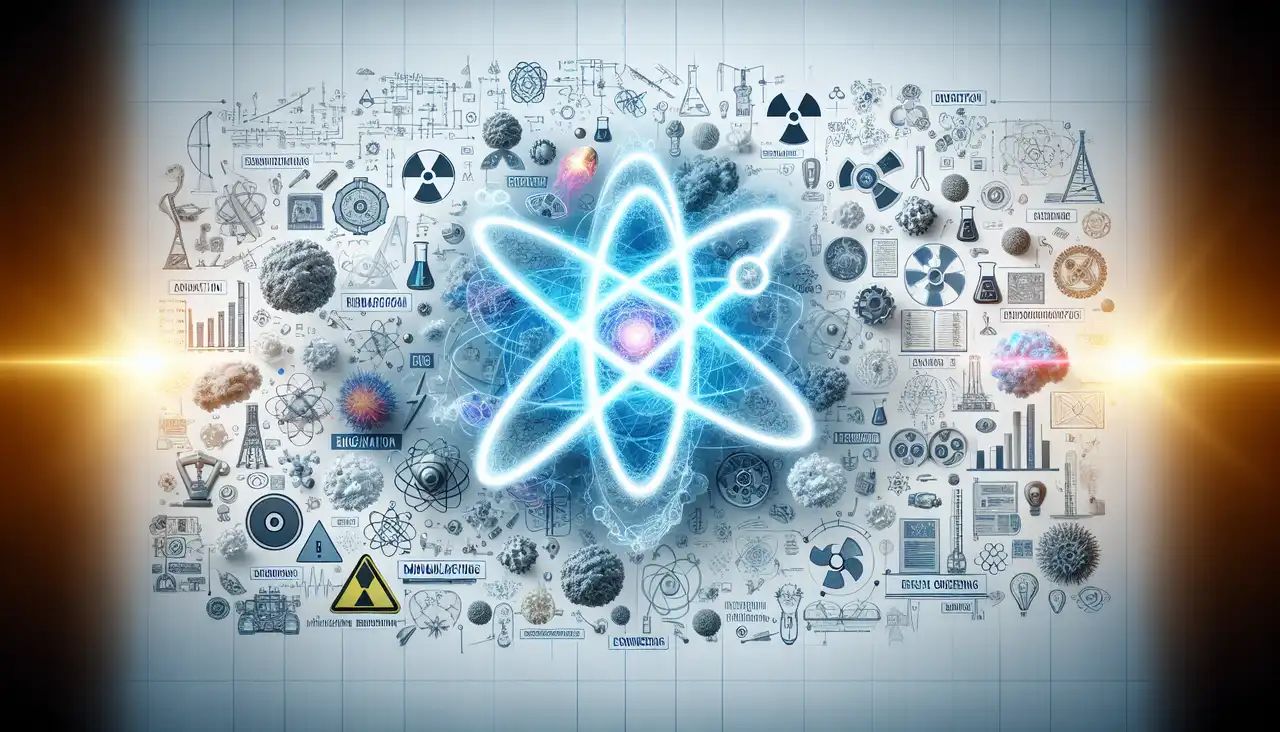

Jaki Noronha-Host
Dr. Jaki Noronha-Hostler is well-known for her pioneering work in the field of nuclear physics, particularly in understanding the Quark-Gluon Plasma (QGP), a state of matter that existed shortly after the Big Bang. As an Associate Professor at the University of Illinois Urbana-Champaign, she has made significant contributions to the study of relativistic heavy-ion collisions and nuclear theory. Her research is instrumental in extracting the fundamental properties of QGP, which is crucial for understanding the universe's earliest moments. Dr. Noronha-Hostler earned her PhD in Theoretical Physics from Goethe University in Frankfurt in 2010. Her academic journey has been marked by a deep commitment to unraveling the complexities of relativistic fluids, particularly those that are viscous in nature. Her work often intersects with lattice quantum chromodynamics, providing a comprehensive approach to studying the interactions and behaviors of subatomic particles. In addition to her research, Dr. Noronha-Hostler is actively involved in the scientific community. She serves on the executive committee for the American Physical Society's Division of Nuclear Physics, where she contributes to shaping the future of nuclear research. Her involvement with the BEST collaboration further underscores her dedication to advancing the field through collaborative efforts. Dr. Noronha-Hostler's work has not only advanced theoretical understanding but also provided insights that are essential for experimental physicists working with particle accelerators. Her interdisciplinary approach and innovative methodologies have earned her recognition among her peers, making her a leading figure in nuclear physics research. Through her teaching and mentorship at the University of Illinois Urbana-Champaign, Dr. Noronha-Hostler inspires the next generation of physicists, encouraging them to explore the fundamental questions of the universe. Her passion for science and her contributions to the field continue to have a lasting impact on both her students and the broader scientific community.